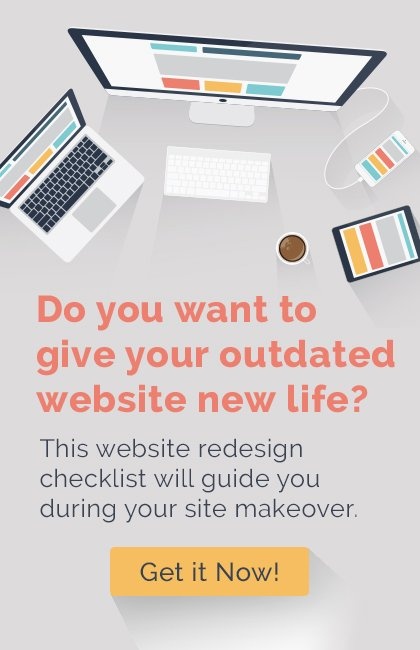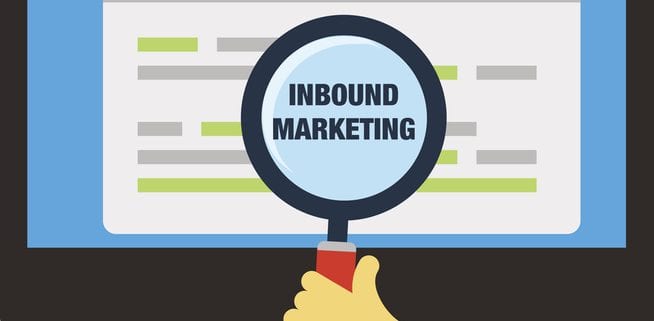
Whats Trending in Marketing For February 2020
Being informed about current and recent marketing trends, is an excellent tool for advertisers to have. That way, you can evaluate past strategies and find new ways to stay ahead of the competition. We’re aware that keeping up with these trends can often be difficult. As a result, the following articles come from popular marketing blogs and highlight current marketing trends that we think are worth paying attention to:
Noteworthy Marketing News
Top 10 Marketing Trends to Watch for in 2020
Right now, voice searches are used for simple queries like an address, calendar reminders, or song title. But as user needs expand and grow more complex, so must voice search features, and so must optimization. Exceptional customer experience is leading the way in marketing, shifting focus onto inbound strategies for serving and retaining existing customers. When customers share their enjoyable experience or outstanding service, their reviews are more likely than ads to impact new buyer behavior and marketing trends.
Google Ads enable bids simulator for target ROAS, budget simulator for Maximize clicks, conversions
Google is extending the availability of bid and budget simulators to more smart bidding strategies. The bid simulator has only been available for manual and Target CPA bidding. It’s now available for Target ROAS campaign. The simulators can be helpful directional indicators of the potential performance impact from making bid or budget adjustments. As always, keep in mind the projections are based on historical data and actual future performance can (and often does) vary from these projections.
Facebook Introduces 3 New Ad Reporting Tools
Facebook is making it easier for advertisers to measure ad performance across accounts, channels, and publishers. With this data, advertisers can better understand how ads are performing, which demographics they’re reaching, and where the most conversions are coming from. Cross-Account Reporting, Custom Metrics, and Conversion Path Reporting are all viable options that are explored in depth as Facebook continues to evolve its measurement solutions to address the priorities of potential marketers.
Similar Article: What’s Trending in Marketing For April 2019
Improving Your Marketing Program
6 Social Media Trends To Follow in 2020
At this point in time, every business with an inbound marketing strategy should have a social media presence of some sort. Social media is one of the most effective ways to build relationships with your target audience. You can engage directly with them and learn more about what their wants and needs are. However, social media is constantly evolving. Which means that you need to keep up with all the latest social media trends, so that you don’t fall behind the competition.
6 Reasons Why Your Business Needs B2B Inbound Marketing
There are many B2B companies that continue to advertise using more traditional methods, such as TV commercials, magazine ads, cold calls, and more. While traditional marketing can be effective, it’s a good idea to implement a variety of different marketing strategies. This includes inbound marketing.
The Advantages of Using Public Relations in Your Marketing Strategy
As most know, when it comes to marketing strategy, public relations plays a key role in getting the word out.PR helps maintain your reputation through winning audience approval. It can educate all possible consumers and sway them to your point of view. It even helps to provide the target market with more detailed information than they would normally receive from other forms of marketing. Simply put, these public relations advantages should be on the forefront of every marketer’s agenda
Recent Marketing Reports, Updates, and Trends 
Vast majority of Amazon advertisers plan to spend more on ads again this year
According to a Marketing Land survey of digital advertisers, 81% of current advertisers plan to increase their ad spend on the platform in the coming year. Of those planning to increase their Amazon ad budgets 41% said they plan to spend as much as 25% more than the previous six to 12 months. 22% plan increases of 25 to 50%, and 10% expect Amazon budgets to increase by 50% or more.
B2B buyers consume an average of 13 content pieces before deciding on a vendor
We know that content is incredibly important for ranking in search. It’s also critical for sales support. But this report makes clear there are broad ranges of first and third party content types that are highly influential to B2B buyers. It also shows how critical the vendor website is in the buying process. Indeed, the report basically outlines a content strategy for the entire B2B buyer’s journey.
Marketers struggle to stay ahead of technology advancements
When asked how difficult it will be over the coming year to stay ahead of new technological advancements, remain competent across multiple programs and avoid long-term experience debt, 88% of CMO consultants surveyed by executive service firm Chief Outsiders said it would be difficult — with 10% claiming it will be “very” difficult.
The survey included a relatively small pool of CMO consultants. However it underscores a primary challenge faced by marketing leaders; CMOs are taking on more responsibilities while playing catch-up with the technology available to propel growth.
















 2. Focus On Video Content
2. Focus On Video Content











